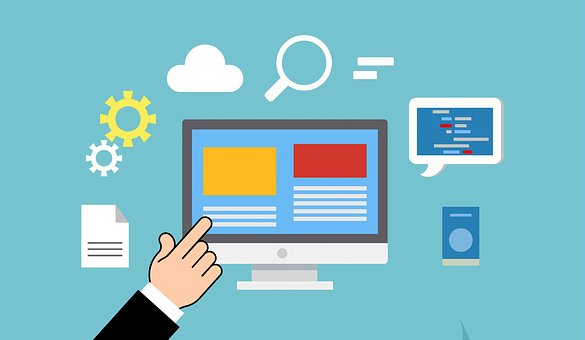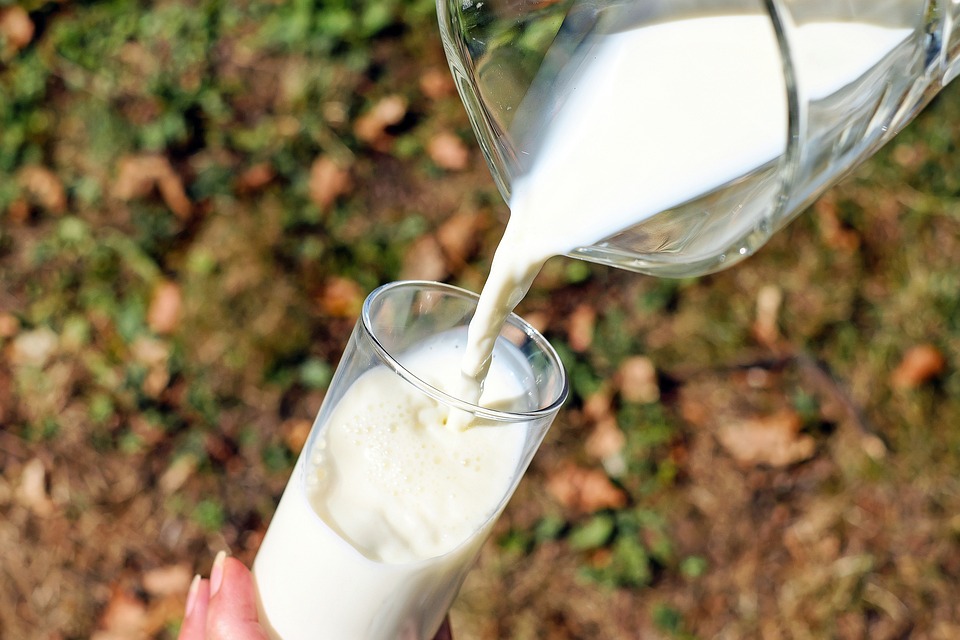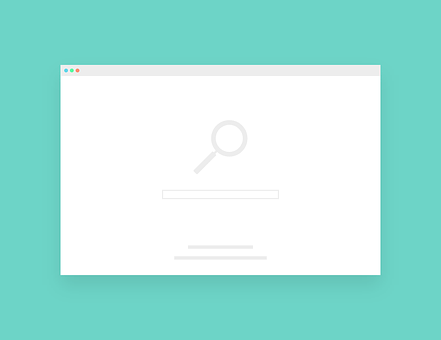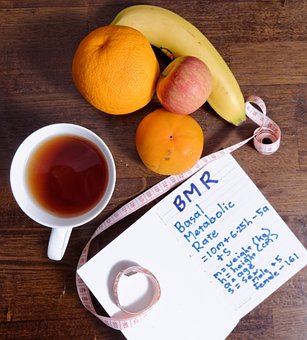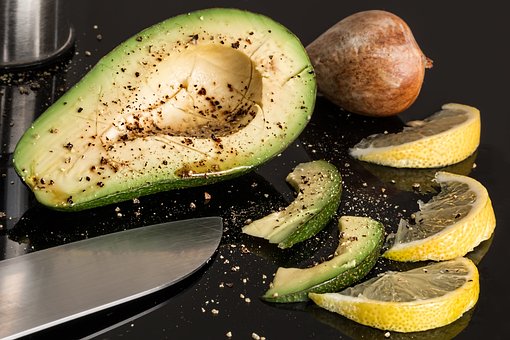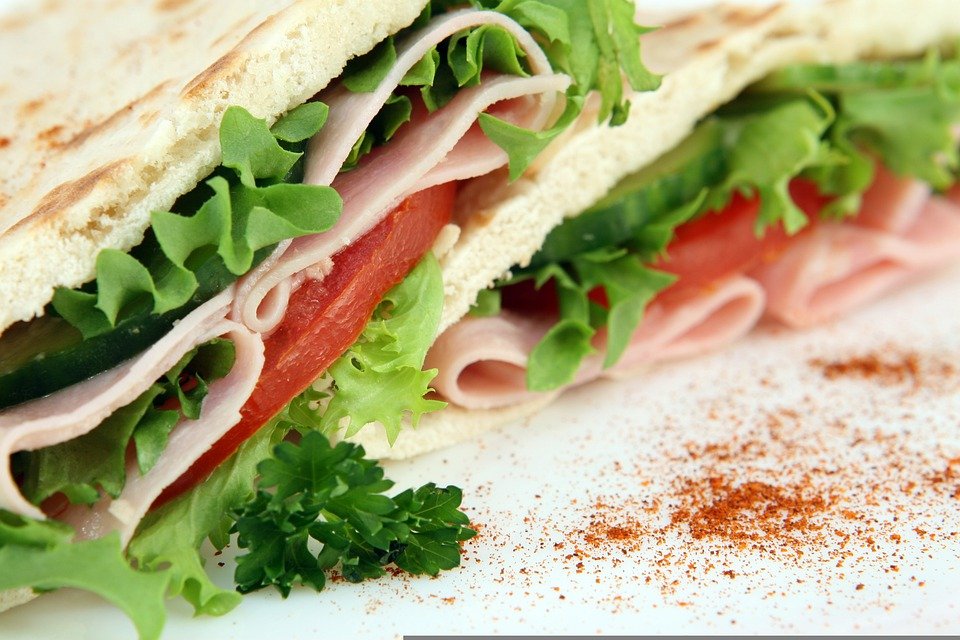
The 17-Day Diet claims that you will lose 10-15 pounds in the first 17 days by cutting out sugar, grain-based foods, fruit, and most dairy products. The diet also claims to increase your metabolism and help your body to burn fat.
The program was created by Michael Moreno, MD, a family practice physician in San Diego. His book, “The 17-Day Diet,” was published in 2010 and according to his website, he has helped millions of Americans lose weight following this diet plan. The blueprint for weight loss was updated in 2014 with “The 17-Day Diet: Breakthrough Edition,” which includes recipes, plus information about supplements and exercise.
The diet was most popular in the early 2010s but is still talked about in diet culture. Dr. Moreno has a website that includes information, resources, and recipes for people who are interested in learning more about the diet or who have been following it for awhile.
The 17-Day Diet is said to have quick results, which is easy to follow, but difficult to sustain in the long term.
When following the 17-Day Diet, it is realistic to expect some weight-loss, especially during the first phase of the program. The diet becomes less restrictive in later phases and eventually allows for many of the foods that were eliminated in the beginning, which is intended to be a permanent change. However, eating foods that were previously off-limits can lead to regaining some or all of the weight that was initially lost.
What Experts Say
“The 17-Day Diet progresses through four stages, claiming to rev your metabolism. Experts say there’s little evidence for the 17-day switch, or for some of the diet rules like no fruit past 2 pm. But calorie restriction should lead to weight loss, and the later stages are balanced.”
—Chrissy Carroll, RD, MPH
What Can You Eat?
The 17-Day Diet works by reducing the intake of carbohydrates and eliminating all refined carbohydrates and sugars. The diet allows for some whole grains and prioritizes low-carb vegetables, lean protein, and healthy fats. The diet works in cycles, with different foods allowed during different cycles.
The program has three meals a day including snacks to prevent people following the diet from getting hungry. The first cycle allows you to eat as much as you want from specific proteins and cleansing vegetables.
The diet plan includes suggested meal ideas for every day, which you can mix and match to your own liking. You also have the option to do fasting days in between cycles, during which you will only consume smoothies, in order to jumpstart your weight loss.
Dr. Moreno’s book is not required to follow the 17-Day Diet, but it can be helpful. The book includes meal plans and recipes, which makes following the diet easier. The meal templates are simple, for example a typical breakfast in Cycle 2 includes 1 cup of lean granola with 6 ounces of no-sugar-added fruit-flavored yogurt, while a typical dinner would feature garlic shrimp, steamed green beans, and a large tossed salad dressed with 1 tablespoon olive oil.
There are many food that are not allowed to be eaten during the 17-Day Diet. However, the proponents say that the weight loss will be accelerated. You may find it difficult to follow the diet when you are with friends and family.
What You Need to Know
The diet also eliminates soy, so if you eat a mostly plant-based diet, you’ll probably need to supplement with protein powder or bars. If you have food allergies or intolerances, the 17-Day Diet should be relatively easy to follow—you’ll just need to eliminate the foods you can’t have. For those with nut or dairy allergies, it’s easy, since those foods are mostly not included in the diet blueprint. It’s also easy to follow the diet if you follow a gluten-free diet since it mentions when you can have foods such as gluten-free bread and gluten-free pasta. The diet also eliminates soy, so if you eat a mostly plant-based diet, you may need to supplement with protein powder or bars.
The program includes “transitional day fasts,” which are supposed to help “coax your body into additional fat-burning between cycles.” These fasts are optional, according to Dr. Moreno. If you choose to do the transitional day fasts, you’ll consume smoothies in three liquid meals on your fasting days. The smoothies contain almond milk, yogurt, whey powder, powdered fiber, plus fruit.
There are four phases, or “cycles,” of the 17-Day Diet, the first three of which are 17 days long. Here’s a breakdown of each cycle, according to Dr. Moreno’s book:
- Cycle 1 (“Accelerate”) is designed to “promote rapid weight loss by improving digestive health. It helps clear sugar from the blood to boost fat-burning and discourage fat storage,” according to Dr. Moreno. This cycle reduces carbohydrate intake slightly but eliminates all sugar, sweets, and refined carbohydrates such as bread and pasta, replacing them mainly with low-carb vegetables. You’re allowed to have some fat in the form of olive oil or flaxseed oil, plus “liberal amounts” of lean protein. Probiotic foods such as yogurt, kefir, and tempeh also are encouraged.
- Cycle 2 (“Activate”) is designed to “reset your metabolism through a strategy that involves increasing and decreasing your caloric consumption to stimulate fat burning and to help prevent plateaus.” On this cycle, you’ll alternate days between the more restrictive Cycle 1 foods and the less restrictive Cycle 2 foods. On “Cycle 2” days, you can have everything that was allowed in Cycle 1, plus some higher-fat meats and fish, some whole grains, some starchy vegetables, and legumes.
- Cycle 3 (“Achieve”) is designed to help you “develop good eating habits through the reintroduction of additional foods and move you closer to your goal weight.” Cycle 3 foods include all foods from the first two cycles, plus some additional fattier types of meat (quail and turkey bacon, for example). You also can have some forms of whole-grain bread, high-fiber cereals, and whole-grain pasta. Vegetables are unlimited, while you can have two servings of fruit daily. You also can add alcoholic beverages in moderation.
- Cycle 4 (“Arrive”) is designed to be followed for the long term to “keep you at your goal weight through a program of eating less that lets you enjoy your favorite foods on weekends while eating healthfully during the week.” This cycle, which is open-ended, calls for eating only foods allowed in the first three cycles during the week and then giving yourself some leeway to “splurge” on one to three meals and some alcohol between Friday dinner and Sunday dinner.
The 17-Day Diet may be more difficult to follow if you don’t eat meat or poultry since it relies heavily on those foods for protein, especially in the first two cycles.
Sample Shopping List
The diet is divided into four different cycles, with cycle 1 being the most restrictive. The eating plan starts to ease up during cycle 2, where you are allowed to eat everything from cycle 1 with the addition of higher-fat protein, whole grains, starchy vegetables, and legumes.
The following shopping list includes some of the basic foods you’ll need for Cycle 2, as well as some from Cycle 1. Note that this isn’t an exhaustive list, and you may find other foods that work better for you.
Cycle 1: Accelerate
- Low-carb vegetables (asparagus, zucchini, broccoli)
- Olive oil and flaxseed oil
- Lean protein (tofu, white-fleshed fish, low-fat cottage cheese)
- Low-sugar fruit (mixed berries, grapefruit, avocado)
- Probiotic foods (kefir and tempeh)
Cycle 2: Activate
- Higher-fat meats and fish (chicken, beef, pork, salmon, shrimp)
- Whole grains (quinoa, brown rice, barley, low-fat granola, rolled oats)
- Starchy vegetables (potatoes, sweet potatoes, butternut squash)
- Legumes (chickpeas, beans, lentils)
- Fruits (apples, nectarines, pears, grapes)
- No-sugar-added yogurt (plain or with fruit added)
Is the 17-Day Diet a Healthy Choice for You?
The first stage of the plan removes some food groups like whole grains and fruits, but you gradually add them back in later. So, the first part of the diet doesn’t match the USDA’s dietary guidelines, but it evens out as you keep following the plan.
The USDA’s MyPlate nutritional guidelines recommend filling more than one-quarter of your “plate” with grains, ideally whole grains. The 17-Day Diet doesn’t allow any grains in its first cycle, and after that only allows a very limited amount of grain-based products.
The USDA recommends reducing your daily caloric intake by 500 calories in order to lose weight steadily. Depending on factors such as your age, sex, weight, and level of physical activity, you would ideally be consuming 1,500 calories per day on a 2,000-calorie diet.
Health Benefits
people who support the 17-Day Diet say it will cause the body’s metabolism to speed up and lead to more weight loss, however research suggests that people only lose weight temporarily from diets like this and often gain the weight back. Even though the fourth phase of the diet is intended to be permanent, many people might have trouble following it.
The eating plan does mention the benefits of reducing refined carbohydrates and added sugars, and emphasizes lean protein and fresh vegetables, which could help people develop healthy eating habits for the long term.
7 Simple Healthy Eating Tips
If you are new to healthy eating and are unsure where to start your real food journey, these general tips and simple first steps can help you.
- There Is No Right Or Wrong Way To Eat Healthy.
This is important to understand. You can’t follow someone else’s diet. You may need to experiment to see what diet works best for your body. Some people feel better eating a diet high in fat. Others feel better eating a diet low in fat and high in carbs. Others need more calories. Others need fewer calories. There is no right or wrong answer.
There are a lot of things that affect what kind of food will make you look and feel your best. Your weight, how much muscle vs. fat you have, how active you are, and how quickly your body burns calories all make a difference. The best way to figure out what works for you is to try different things and see how they make you feel. Everyone is different and has different nutritional needs, but we all need to eat foods that are wholesome and nutritious. Start with that as your base, and then experiment from there.
- Always Be Prepared.
If you’re prone to making poor food choices when you’re really hungry, it’s helpful to have healthy snacks with you at all times. This will prevent you from overeating or eating unhealthy foods. Be sure to carry snacks with you everywhere you go, and always have a water bottle with you to stay hydrated.
- Meal Plan And Grocery Shop.
Meal planning is key to eating healthy. Without a plan, it’s easy to make unhealthy choices.
After you have planned what you will eat, go to the grocery store and buy all the food you will need so that your kitchen is full of healthy food.
- Stock Up On Real Food Cookbooks.
I use cookbooks to help me make weeknight meals. I find them helpful because I can quickly and easily find healthy recipes without having to put too much thought into it. Using cookbooks can also help you try new foods and learn new cooking techniques.
- Make Your Own Salad Dressing.
The low-fat and fat-free varieties of store-bought salad dressings have a nasty list of ingredients. However, it is easy to make salad dressing at home, which is better than store-bought.
If you want to make your own dressings at home, you’ll need to have tahini, nut butter, various vinegars, white miso paste, mustard, maple syrup, dried herbs and spices, garlic, onion, and different oils such as olive and sesame oil. With those ingredients on hand, you can make tasty and exciting salads any time!
- Don’t Believe Everything You Read.
If you read something about nutrition that bothers you or seems too good to be true, do more research before making changes to your diet. Be responsible for your health and look into it further.
You should eat however you want and not listen to anyone who critcizes you for your choices.
- Relax.
It’s okay to make mistakes and not be perfect. Everyone does. Just try to do your best and not be too hard on yourself if you don’t succeed. What you do consistently over time is what really matters, not eating some unhealthy foods occasionally or denying yourself your favorite foods. That can actually make things worse in the long run.
If you fall back into unhealthy habits, it’s important to catch yourself quickly and get back on track with healthy habits at your next meal or the next day.

